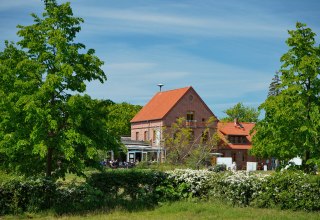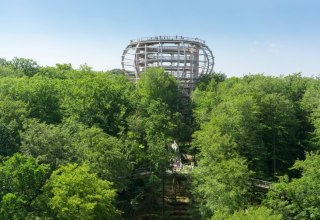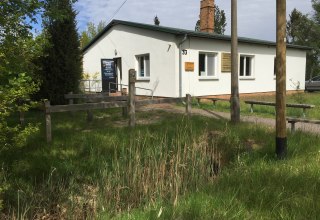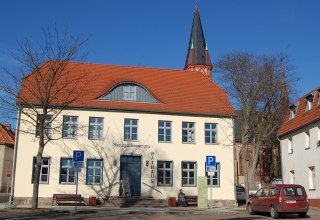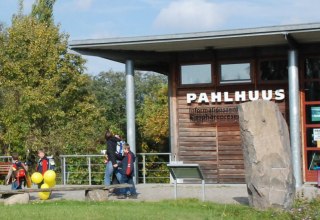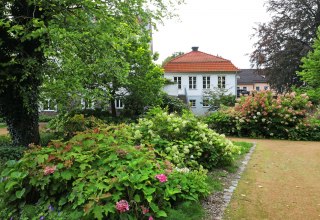Deadwood habitat
Because the Stubnitz is a national park, humans are not allowed to intervene. Stodian shows an uprooted giant tree. Behind it, a fox snorts through the grass. Frogs are croaking. Stodian knows exactly how important deadwood is for the forest: fungi decompose it, then moss and grass grow on it, and beetles take up residence. Deadwood also develops because the beech trees sometimes do not find enough support on the drier trees. The good thing about this is that it creates space for new forest communities to develop.
Beeches have been growing on Jasmund for 800 years. Beech forests were once the European primeval forest. But today they are rare. With over 650,000 trees, Jasmund has the largest contiguous beech forest in the entire Baltic Sea region. But the other protected areas in Mecklenburg-Western Pomerania - the Ivenack oaks, the Dar Forest and the primeval forest on the Peene River - are also magnificent cathedrals of nature.














